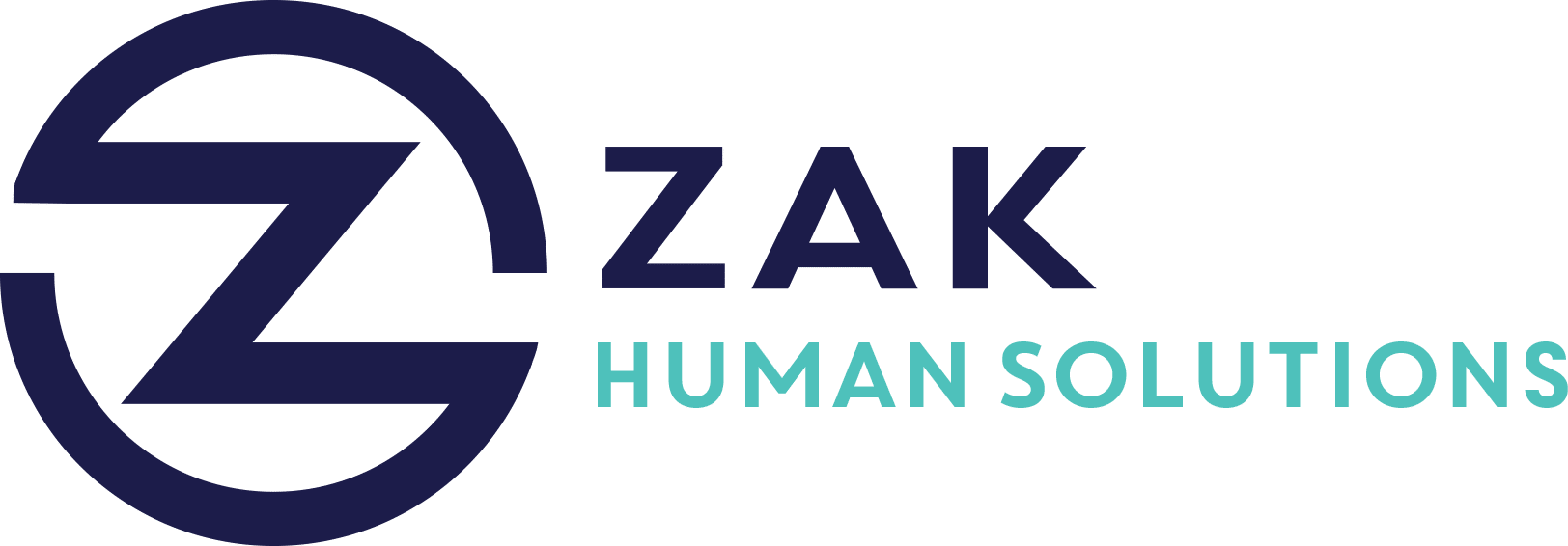Key Takeaways
- Companies are merging HR and IT departments to align strategies around AI technology.
- A survey shows that 64% of senior IT decision-makers expect this merging to occur within five years.
- Tracey Franklin from Moderna emphasizes her role as architecting work processes instead of merely dividing tasks.
- Fabio Sattolo from Covisian highlights the benefits of having a unified vision for technology and human development.
- David D’Souza cautions that while collaboration is beneficial, merging these departments may dilute essential specialized skills.
- Bianca Zwart from Bunq indicates a shift towards AI automation, allowing employees to focus on more complex problems rather than repetitive tasks.
The business landscape is undergoing a seismic shift as companies increasingly recognize the strategic advantages of merging Human Resources (HR) and Information Technology (IT) departments. This trend, driven by the rapid ascent of Artificial Intelligence (AI), is reshaping how organizations operate, innovate, and plan for the future. In this blog post, we delve into the key insights and opinions of industry leaders, exploring the rationale, benefits, and challenges of this merger. We’ll also provide actionable advice for companies considering such a transformation.
The Influence of AI on Organizational Structure
The integration of AI technology is prompting companies to rethink traditional departmental structures. Organizations are increasingly blending HR and IT to foster collaboration and streamline the adoption of AI technologies. According to a survey, an overwhelming 64% of senior IT decision-makers foresee their HR and IT functions merging within the next five years. This statistic underscores the scale of the shift and the urgency for companies to strategically realign.
Advantages of Merging HR and IT
Aligning Strategies and Goals
One of the key benefits of merging HR and IT is the potential for alignment between strategic goals and operational execution. Tracey Franklin, Chief People and Digital Technology Officer at Moderna, highlights her role as an architect of work processes rather than a mere task allocator. By synchronizing HR and IT, companies can ensure that technological advancements support human resources strategies, enhancing workforce planning and efficiency.
Unified Vision for Development
Fabio Sattolo, Chief People and Technology Officer at Covisian, notes that merging HR and IT allows for a unified vision of technology’s impact on human development. This integration can lead to improved decision-making, as a single leader can navigate both technological investments and human capital needs. The cohesive leadership structure accelerates project execution, making it easier to overcome technical barriers and adjust HR processes as needed.
Enhancing Employee Focus and Productivity
With AI taking over repetitive tasks, employees can focus on complex problem-solving and innovation. Bianca Zwart, Chief Strategy Officer at Bunq, emphasizes the transformation in work dynamics, where automation enables employees to tackle more intricate challenges. As organizations automate up to 90% of operations, employees can leverage their creativity and critical thinking, contributing to overall business growth.
Navigating the Challenges
Risk of Diluting Specialized Skills
While the benefits are evident, merging HR and IT also presents challenges. David D’Souza, Director of Profession at CIPD, warns against the potential dilution of specialized expertise. HR and IT have distinct skill sets, and organizations must ensure that the merger doesn’t compromise the depth of knowledge and competencies in either field. To mitigate this risk, companies can maintain clear delineations of responsibilities and invest in ongoing training and development.
Ensuring Effective Collaboration
Successful collaboration between HR and IT requires constant communication and mutual understanding. Fostering a culture where IT and HR professionals speak a common language is crucial. Fabio Sattolo illustrates how assigning neutral leaders to multidisciplinary teams can facilitate negotiation and problem-solving. Encouraging cross-departmental learning can help bridge knowledge gaps and build a cohesive working relationship.
Merging HR and IT departments offers businesses a strategic edge in adapting to the AI-driven future. By aligning these functions, companies can enhance collaboration, streamline operations, and empower employees to maximize their potentials. As organizations embark on this transformational journey, they must navigate the challenges thoughtfully, preserving specialized skills while embracing new opportunities for growth.
For companies considering this merger, the key lies in cultivating a culture of innovation and learning, enabling employees to thrive in an AI-augmented workplace. The future of work promises exciting possibilities, and the synergy between HR and IT could very well be the driving force behind sustainable success.




